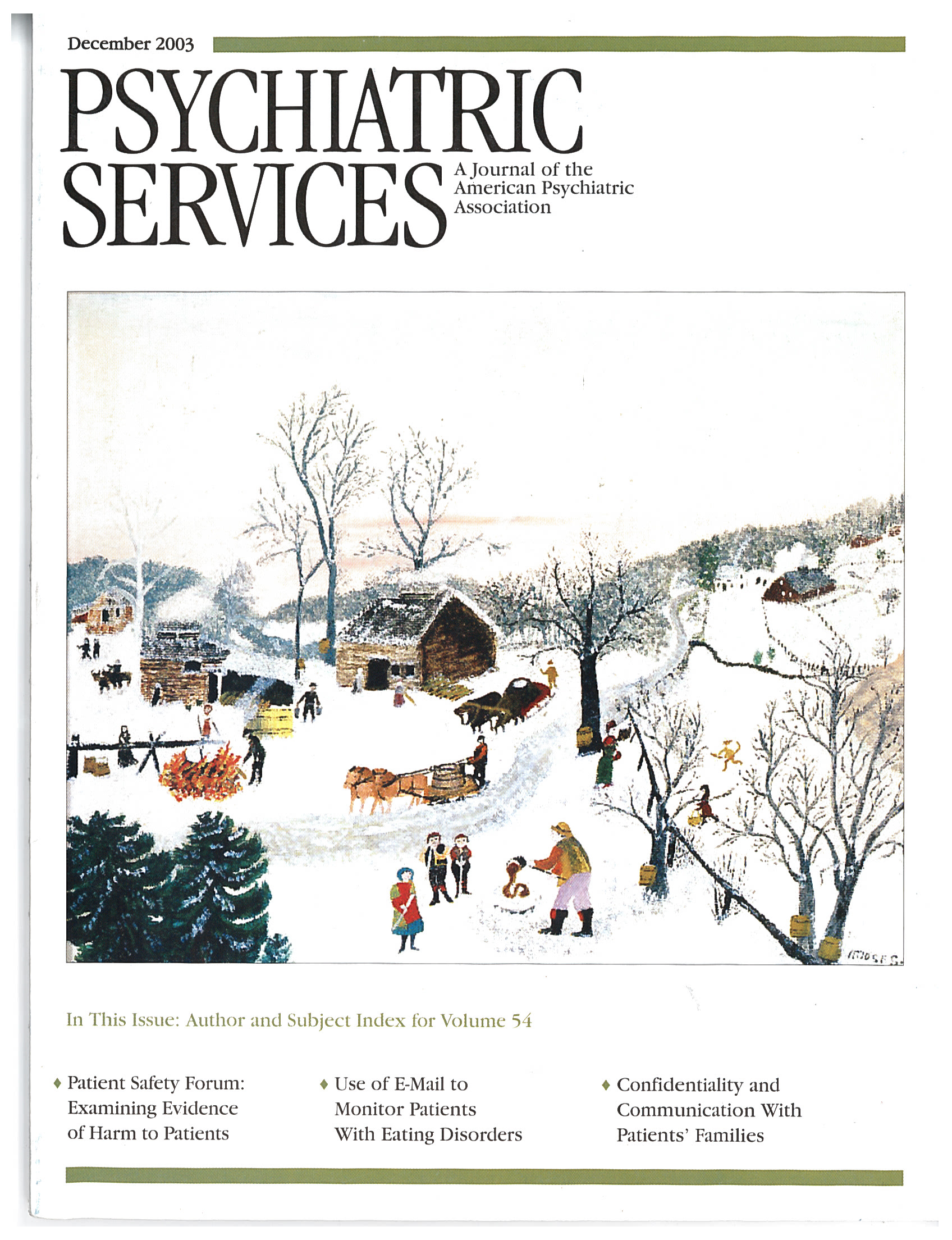Wintering: A Novel of Sylvia Plath
In Wintering: A Novel of Sylvia Plath, Kate Moses uses the poems of Sylvia Plath to underscore and describe the last weeks of the poet's life. She describes the unraveling of her marriage, her conflicted bonds with her children, her complicated relationship with her mother, and her move from her marital home to London to live in Yeats' house.
Without being familiar with Plath's poetry—although I suspect most readers of this book will be—one can follow the narrative, both psychologically and in time, of Plath's depression, anxiety, creative struggles, and ultimate suicide. However, the author of Wintering has chosen an elegant guiding conceit: each chapter takes the title of one of Sylvia Plath's poems and draws some thematic elements from it. Moses retells the story of Sylvia Plath by taking Plath's poetical language and using it in her new story. The book is fiction drawn from real events, yet in a way it is also a rewriting of Plath's poetry, especially the Ariel collection.
In reviewing this book I am torn between commenting on the literary merits and on the psychological truth of it. These two analyzable elements are quite independent in Wintering.Certainly Moses, a literary editor and publisher, makes linguistic elisions that are both felicitous and clever.For example, in "Medusa," Plath plays with the combined image of the homicidal gorgon Medusa, with snakes for hair, as well as with the less common meaning of the word "medusa"—jellyfish. She continues with the combined image of the object of the poem as both mythologically dangerous, as the Medusa herself, and dangerous as a seductive aquatic creature, to which she is bound by an umbilicus. The poem hints—and the chapter makes clear—that this oceanic umbilicus is a trans-Atlantic telephone cable through which Plath's controlling mother, Aurelia, attempts to control and also kill her. The action of the chapter is a phone call between Sylvia and Aurelia Plath.
Moses' writing is detailed and dense and can be made clearer by having a volume of Plath's poems at one's side for reference. The content of the chapters does not always mirror that of their respective poems, but Moses never fails to find acute synergies between the two.
Amid the conceit and the poetry are Plath's real relationships, with her husband, her mother, and her children. These relationships are all described richly and with tenderness, although some secondary characters, such as Dido, a neighbor, and Assia, Sylvia's rival for her husband, are more clichéd than real. However, they serve to underscore Sylvia's growing fear, rooted in her worsening depression, that her world was increasingly dangerous in every quarter as she approached the ultimate terror. Moses shows great empathy for Sylvia's mother, deeply narcissistic, unable to appreciate Sylvia except as an extension of herself, and bent on trying not to offend yet offending in the very act of self-sacrifice. In turn, Sylvia must distance herself from her engulfing mother if she is to live at all.The children, very young at the time of the story, nevertheless command attention and concern from the reader.Finally, Ted Hughes, the not terribly supportive husband, comes off as a heartless cad, either ignorant of or uncaring about his wife's illness.
The title of the book derives from a poem that describes taking honey from bees.Bees are a constant theme throughout the book: extracting honey, the creation of the queen, having to care for bees during the winter by feeding them sugar, and so on.The sequence of chapters in Wintering follows that of poems that Sylvia Plath had intended to have published and had left for her husband in a notebook before his death, yet which he did not publish as she intended.This information is provided by Moses in a postscript.However, the chapters that precede the end are titled "The Bee Meeting," "The Arrival of the Bee Box," "Stings," "The Swarm," and, finally, "Wintering," which in this book is the prelude to Plath's suicide and in the poem combines images of death, life, and life after death. It is clear that Plath intended the bees as a metaphor for her own fragility, transience, and conflict over her roles: the queen cannot fly and depends on the drones for her life and posterity.
Dr. Tabor is medical director of inpatient psychiatry at Kings County Hospital Center in Brooklyn, New York.



